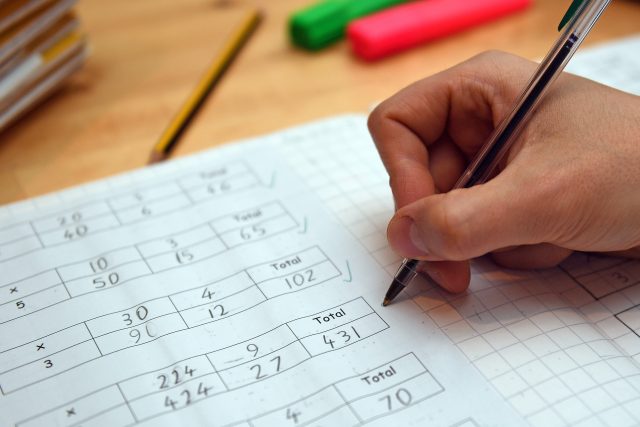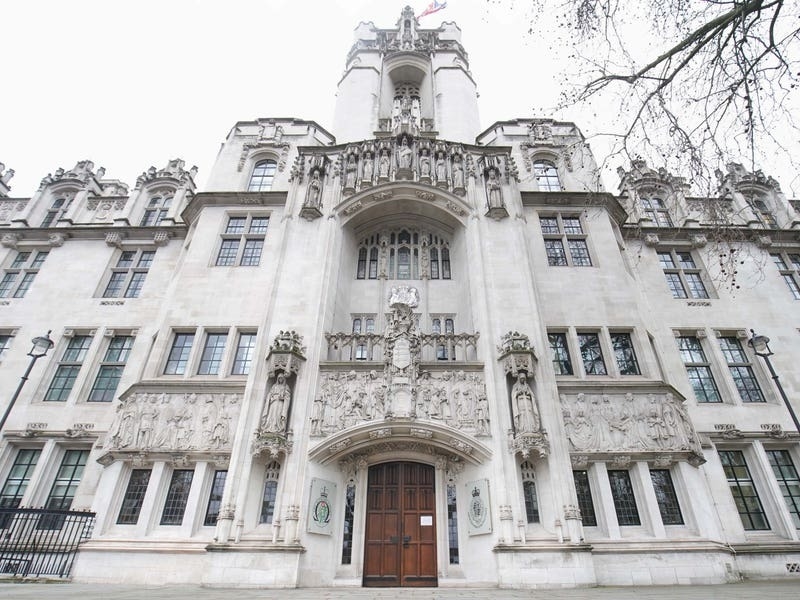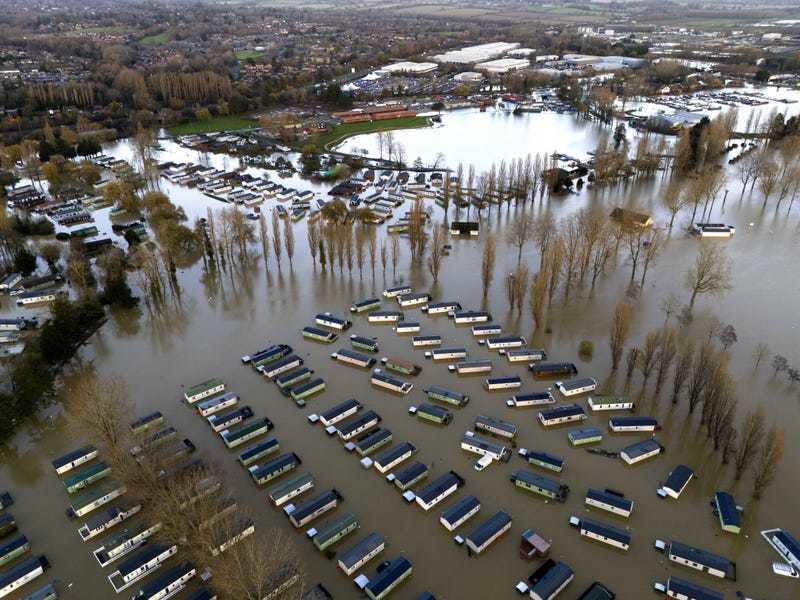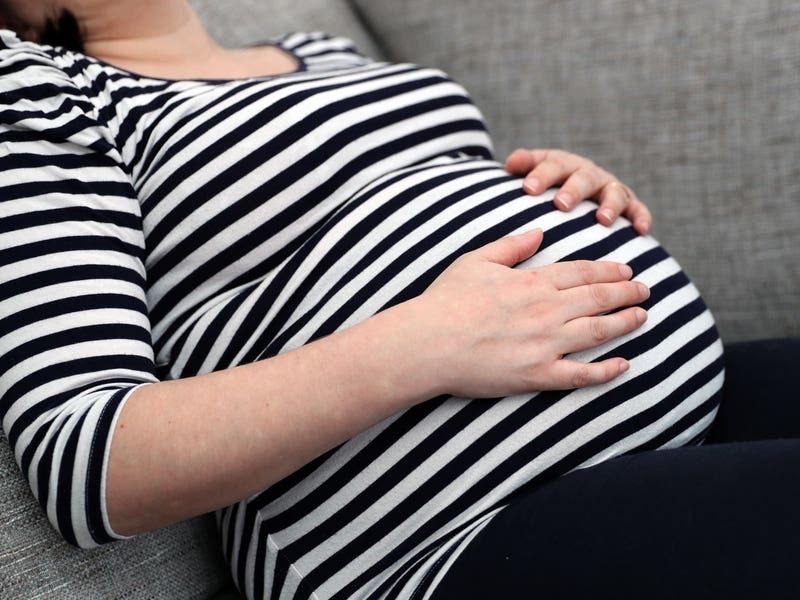Almost 40% of primary school pupils in England failed to meet the Government’s expected standard in reading, writing and maths, national SATs tests results show.
Figures released by the Department for Education showed 61% of pupils reached the expected standard in 2017, up from 53% in 2016.
This means 39% failed to reach the expected standard across all three subjects of reading, writing and maths this year.

More than half a million 11-year-olds across England took national curriculum tests, known as SATs, in May, with the results used in annual school league tables to assess a school’s performance.
The figures show an improvement on last year in all areas with 71% of pupils meeting the expected standard in reading, compared with 66% last year, while 75% of pupils met the expected standard in maths, compared with 70% last year.
The expected standard in grammar, punctuation and spelling was met by 77% of pupils, compared with 73% last year, and 76% of pupils met the expected standard in writing, compared with 74% last year.
To reach the expected standard in all of reading, writing and maths, a pupil must achieve a scaled score of 100 or more in reading and mathematics tests and a teacher assessment outcome of “reaching the expected standard” or “working at a greater depth” in writing.

School standards minister Nick Gibb said: “Today’s results show sustained progress in reading, writing and maths and are a testament to the hard work of teachers and pupils across England.
“Thanks to their commitment and our new knowledge-rich curriculum, thousands more children will arrive at secondary school having mastered the fundamentals of reading, writing and maths, giving them the best start in life.”
The average scaled score for reading in 2017 was 104, up from 103 in 2016. The average scaled score for grammar, punctuation and spelling was 106 in 2017, up from 104 in 2016.
The average scaled score for maths was 104 in 2017, up from 103 in 2016.
Don’t judge schools by SATS data alone. @russellhobby comments on the limitations of #SATs data: https://t.co/KH8vCDtAjf pic.twitter.com/OO23Gqmpbu
— NAHT (@NAHTnews) July 4, 2017
SATs tests have long proved controversial, with teaching unions arguing that they put too much pressure on children, and the results are not a reliable measure of how schools are performing.
Last year, pupils sat tougher papers based on a new national curriculum, and 53% of pupils reached the new expected standard in reading, writing and maths.
The year before, under the old system, 80% achieved Level 4 – the old level expected of the age group – or above in these core subjects. Ministers were at pains to stress that the results were not comparable.
But union leaders branded last year’s results a “shambles”.
Headteachers have warned that primary schools must not be judged on their SATs tests results alone.
The National Association of Head Teachers (NAHT) said schools and parents know that the results must be taken with a “pinch of salt”.






